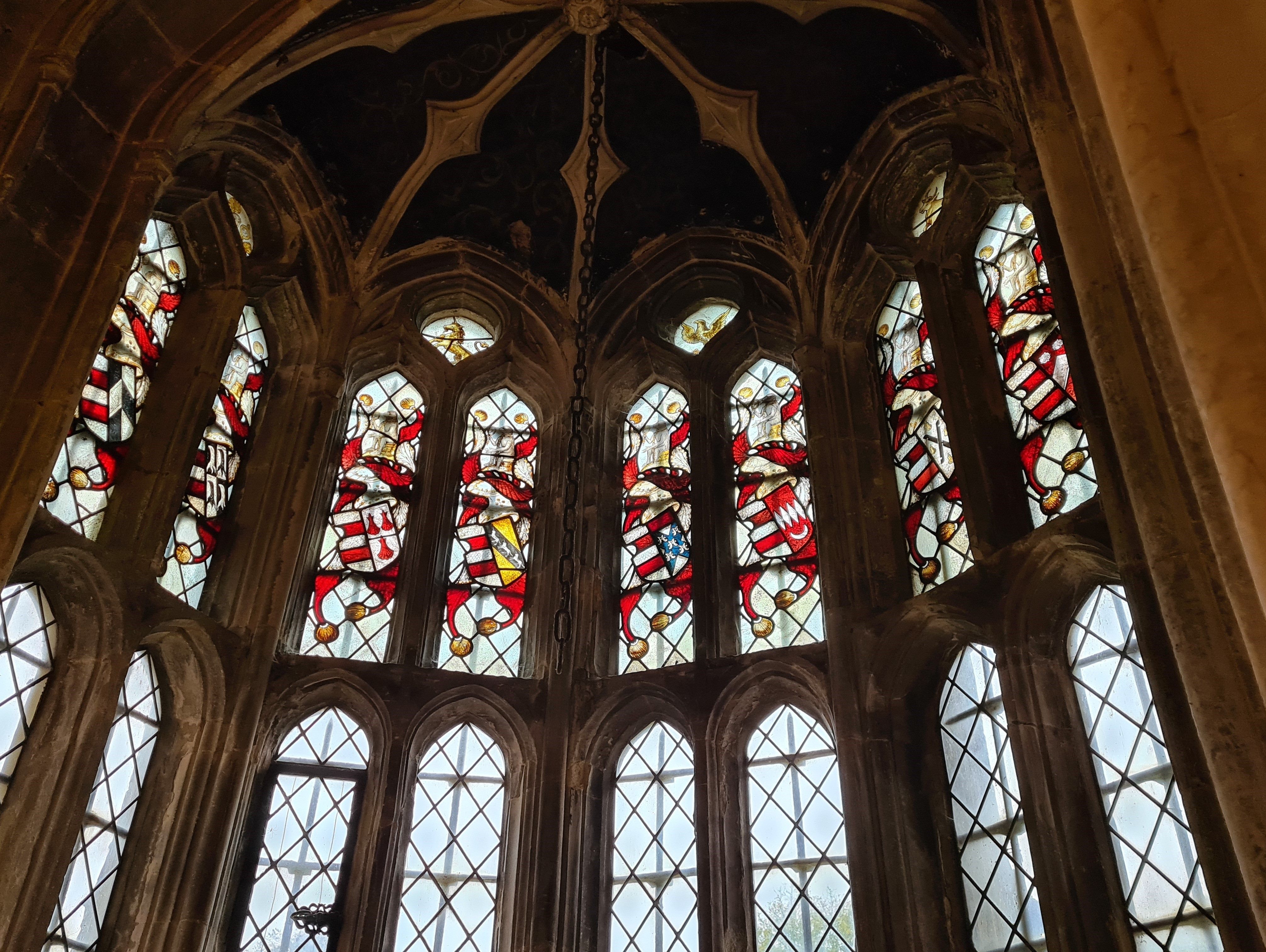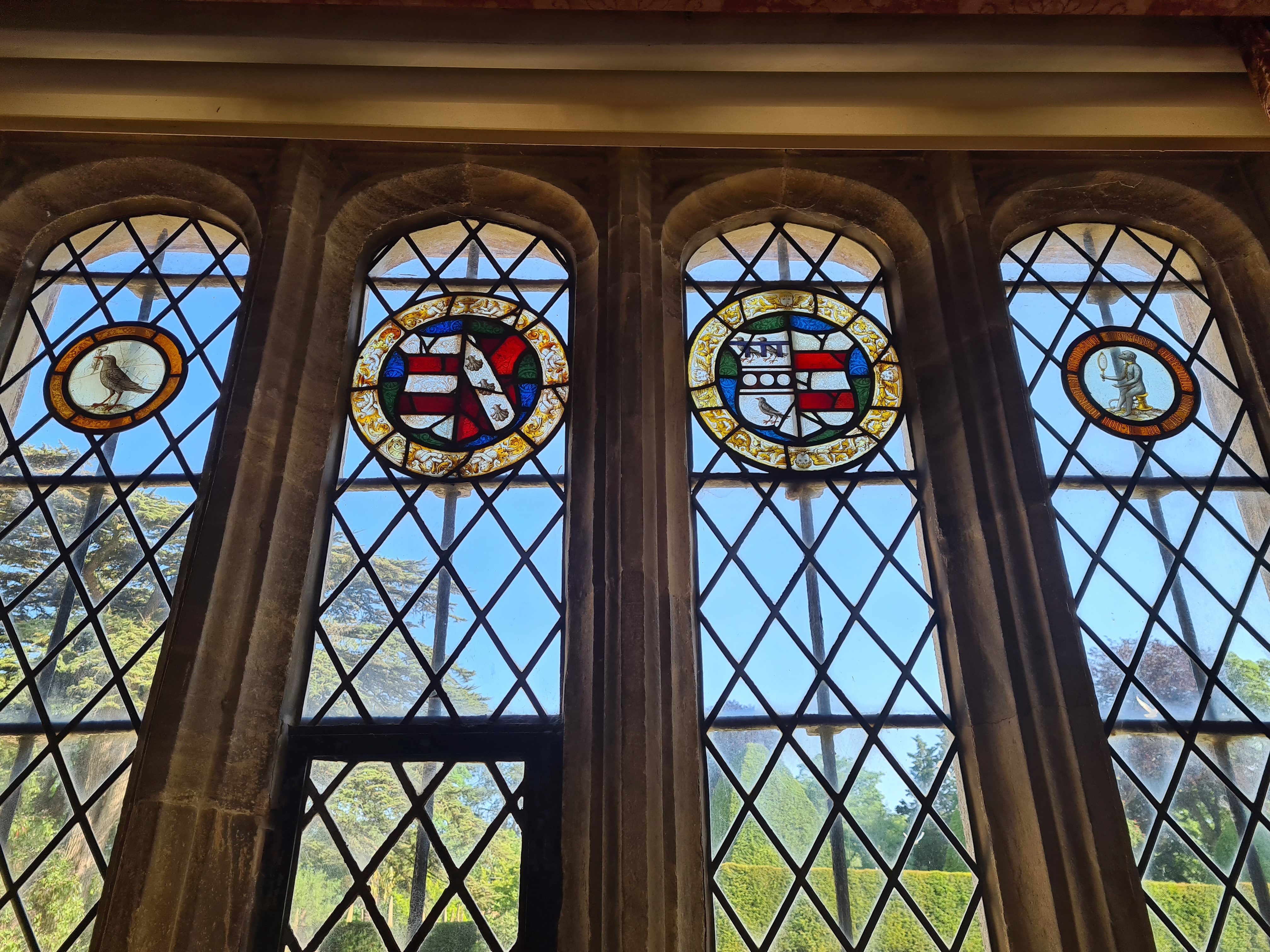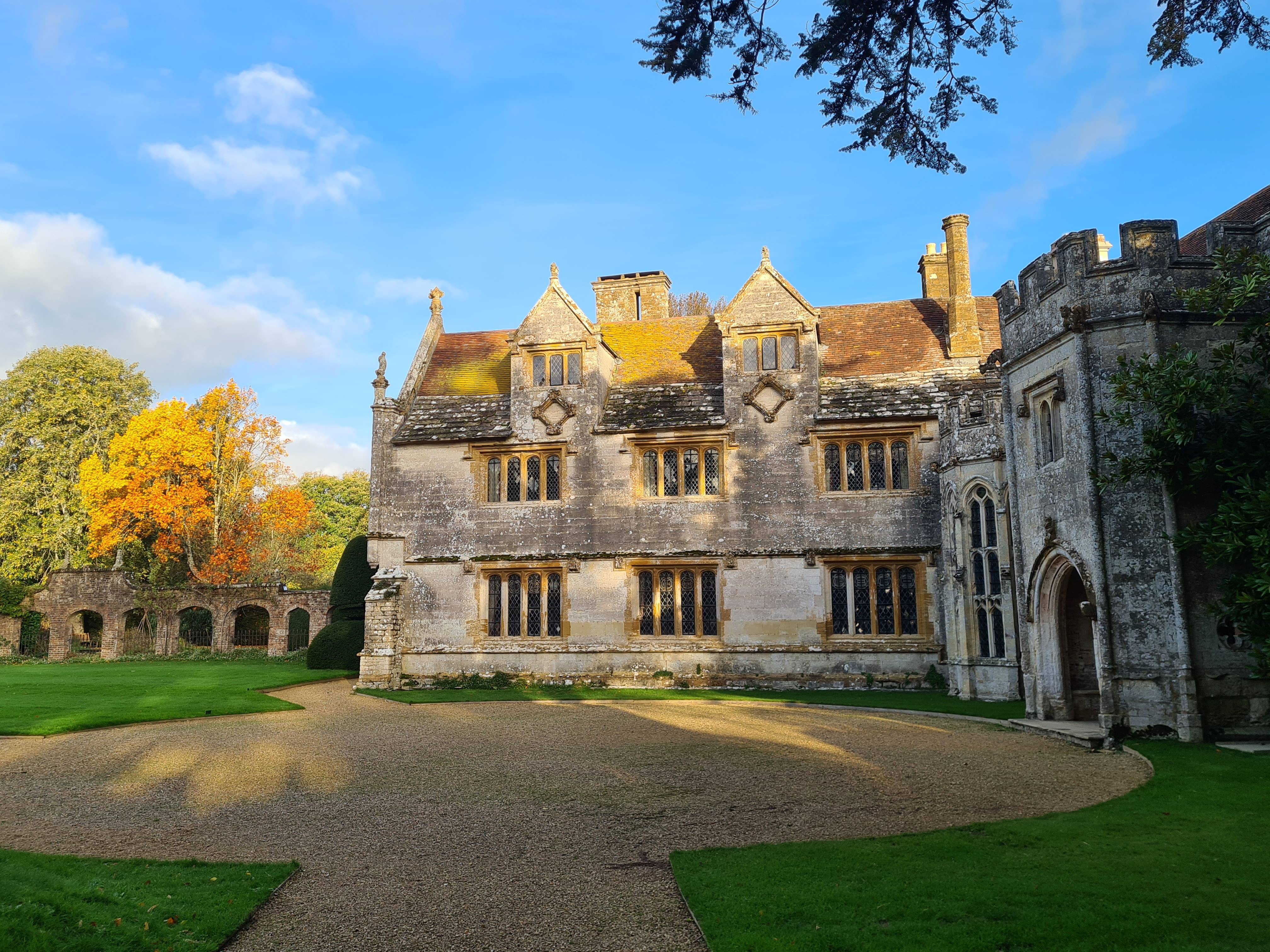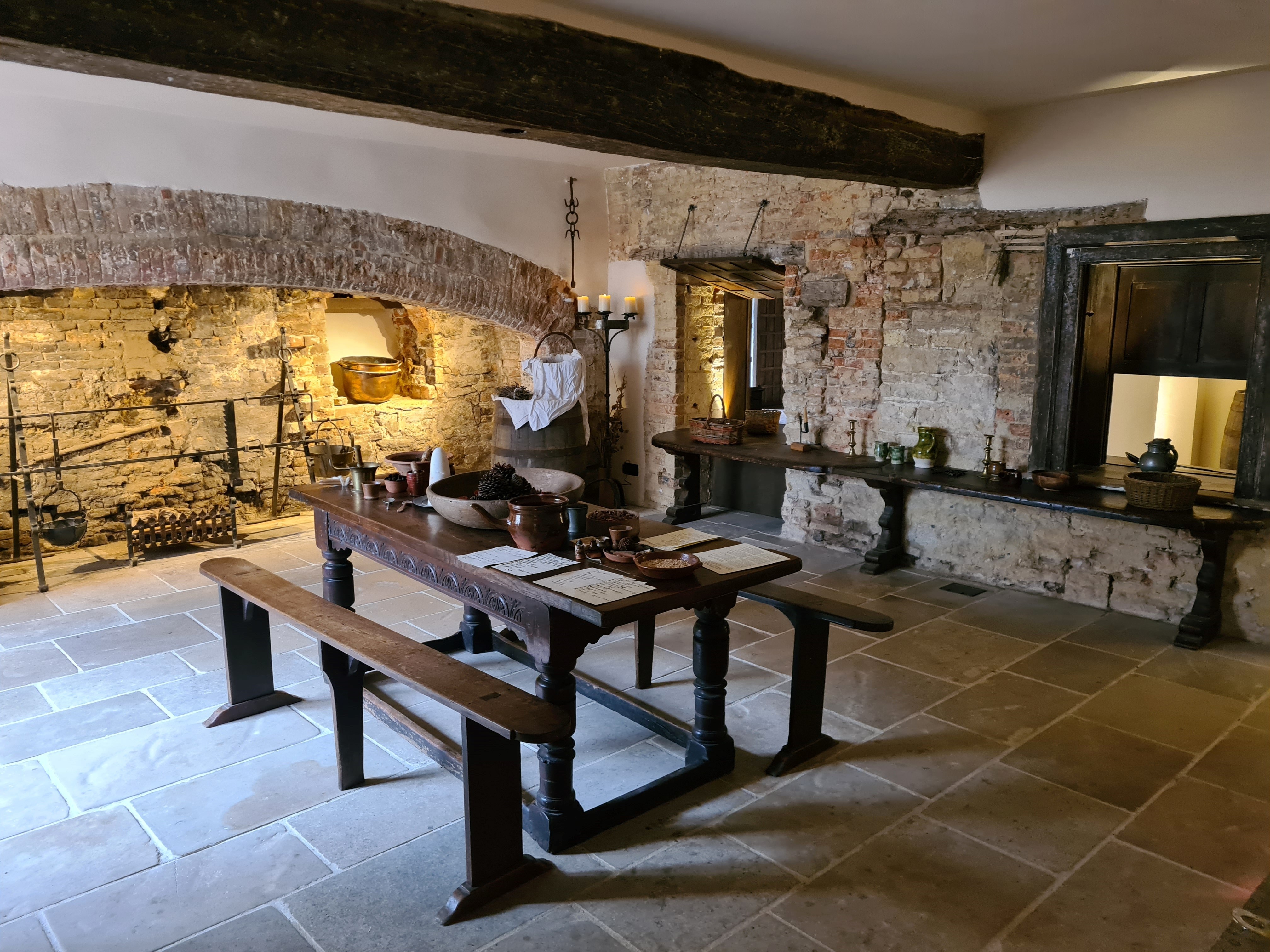The Four Martyn Sisters of Athelhampton
Tragedy and Wealth in Tudor Dorsetshire
Chapter 2 : The Sources of the Martyn Wealth
The Martyn’s ancient marriage alliances are commemorated today by the family symbols and heraldic arms in the stained glass and stonework of Athelhampton. The golden pears of the Kelways and the unicorn of the Faringdons are there, alongside others stretching back across the years. Each represents a bride who united with a Martyn husband, bringing with her a handsome dowry of land. The Martyns themselves are represented throughout the house by their own unmistakable emblem: the Ape, an ancient heraldic animal, celebrated by the wise old character of the same name in the medieval Reynard the Fox fables.

Sir Nicholas capped this accumulation of wealth with two further unions of great financial power. His spouse, Margaret Wadham, was heiress to part of a fortune so great that remaining portions could be used to found the eponymous Oxford college. And when his father sadly died young, he encouraged his mother to re-marry, taking as husband the wealthy Sir John Tregonwell. Their union is celebrated in the stained glass windows in the West Wing at Athelhampton. Sir John’s family symbol is the Chough – a small bird found in his home county of Cornwall — and can be seen at the left of the glass, while the Martyn Ape is to the right.

Sir John, despite his involvement with core events of Tudor history, is little known today. That may reflect his astuteness in keeping a relatively low profile — and his head. His origins were modest, if not quite as humble as those of Thomas Cromwell, for whom he deputised as Receiver of Monasteries during their dissolution across the south-west. The fortune that he made in that role was large, though not as dangerously large as that made by his principal.
He seems to have been highly sensitive to the signals he gave to Henry VIII, notably paying the vast sum of £1,000 for Milton Abbey, a few miles from Athelhampton, rather than demanding it as a gift — a smart piece of financial theatre, since the funds must have come from less visible proceeds taken from other monasteries. And his standing with the King would have been helped by the legal work he did to pave the way for the divorce of Catherine that allowed the royal marriage to Anne Boleyn.
Not only did Sir John avoid the fate of Cromwell under Henry VIII, he also balanced on the political and religious tightrope through service in the reigns of Edward VI, Mary I and Elizabeth I, before his natural death in the 1560s. His relations with Mary I would likely have benefited from his alliance with the Martyns, who were one of the most prominent Catholic families in Dorset; his standing with Elizabeth I was probably helped by the services he had rendered to her mother.

The wealth that Sir John brought to the Martyn family seems to have been used wisely. Athelhampton’s elegant West Wing was added soon after the marriage, and the frequent appearance of choughs in its windows gives a clear signal of how it was financed. This doubled the size of the house, adding important new formal rooms. But the works at this time were not only “front of house,” for a superb new kitchen was also added. This has recently been restored to its Elizabethan origins for visitors to enjoy – it feels much like a small-scale version of the well-known kitchens at Hampton Court.

